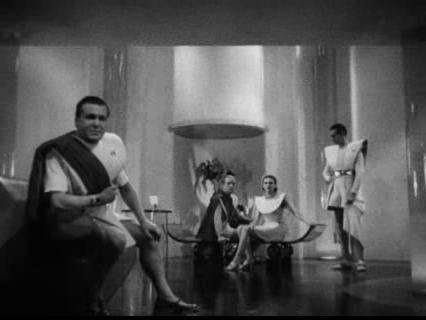Alexander Korda was a very solid British director, perhaps best known for participating in the 1940 remake of Douglas Fairbanks’ The Thief of Bagdad (1924), which is considered to outshine even the spectacular silent original, and which was a major source of inspiration for Disney’s Aladdin (1992).
In the 1930s, Korda made three films that are so thematically similar that they must be considered as a trilogy. The Private Life of Henry VIII (1933) and The Private Life of Don Juan (1934) have already been reviewed on this blog, and the turn has now come to the third film, Rembrandt.
All three films are biographies of various European personalities in the 16th and 17th Centuries, two historical and one fictional. All three can be traced in various ways to the reformation and counter-reformation, although admittedly this is a theme that does not shine through in the films. All three films also deal with lost loves and with the agonies of growing old.
Rembrandt begins with the death of famous painter Rembrandt van Rijn’s wife Saskia. The film then follows Rembrandt’s remaining life with its numerous sorrows, but most of all it is a powerful portrait of a strong and gifted artist, who at all costs stayed true to his own vision and character. When his friends implore him to paint nobles (who can pay good money) in the traditional style, Rembrandt prefers to develop his own personal technique on motifs of his own choosing. For example, he picks a beggar off the street and dresses him as a biblical king.
This film is best enjoyed for Charles Laughton’s exquisite performance as the famous painter. The film is well made overall, but the story lacks that extra edge that would have secured its place as a great classic, partly because it is a bit shattered and out of focus. As it stands, Laughton makes it well worth the effort of watching, but you may want to go for The Private Life of Henry VIII first, also with Laughton in the lead. Comparing these two films with one another will give a good picture of Laughton’s great versatility as an actor.
Rembrandt
Download link
Year: 1936
Running time: 1 h 24 min
Director: Alexander Korda
Stars: Charles Laughton
Image quality: Excellent
Resolution: Medium (666×509, not counting black border)
Sound quality: Good
Best file format: MPEG4 (814 M)













